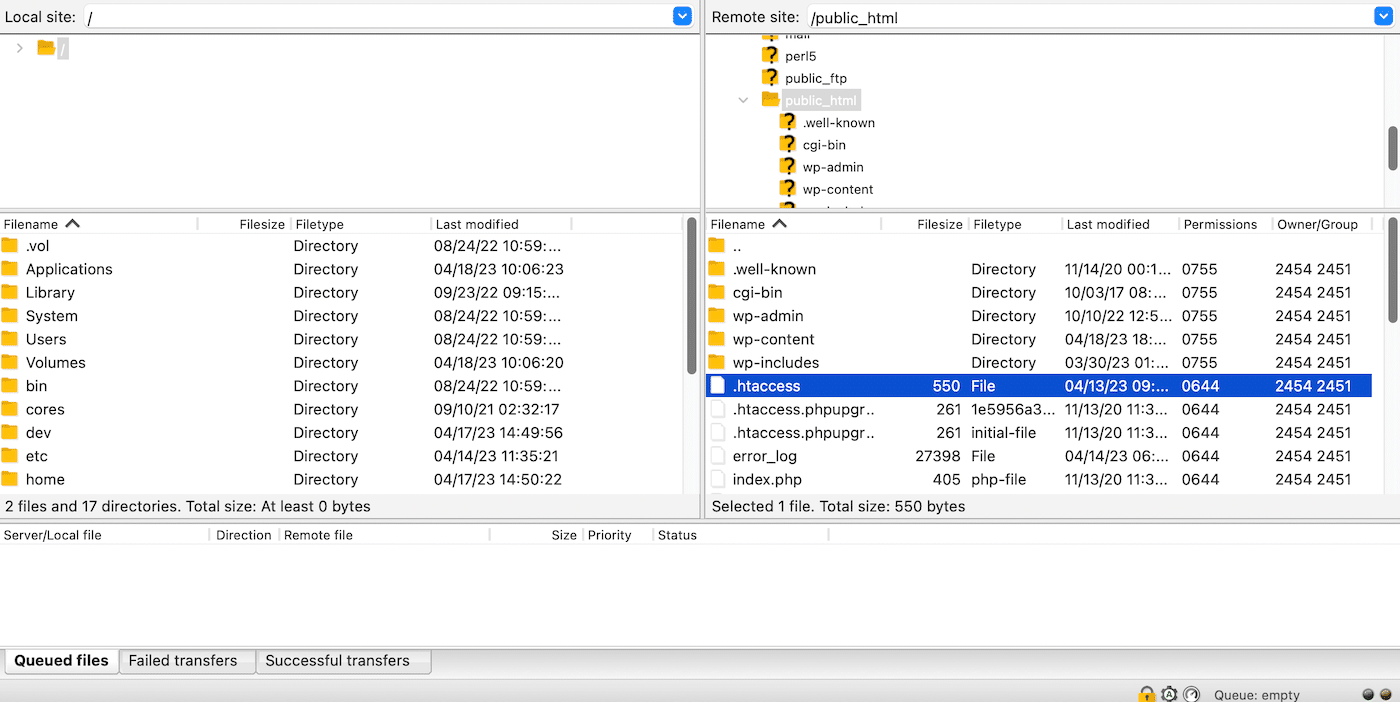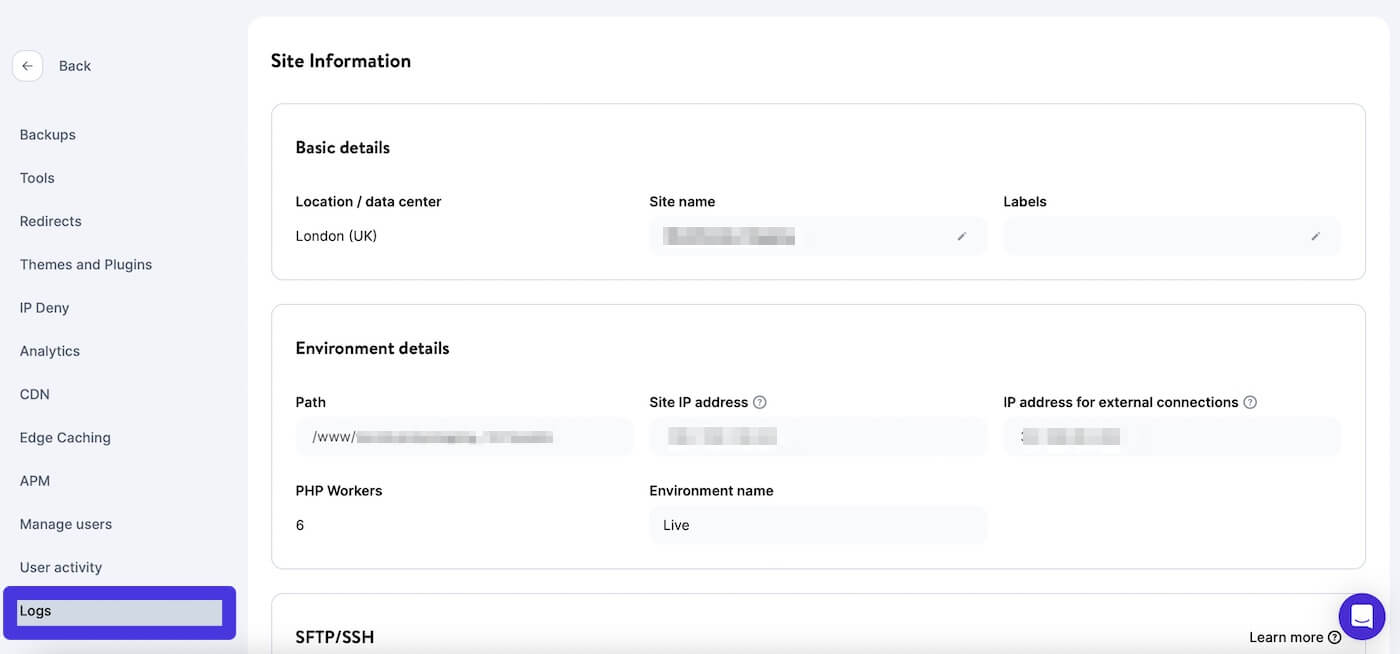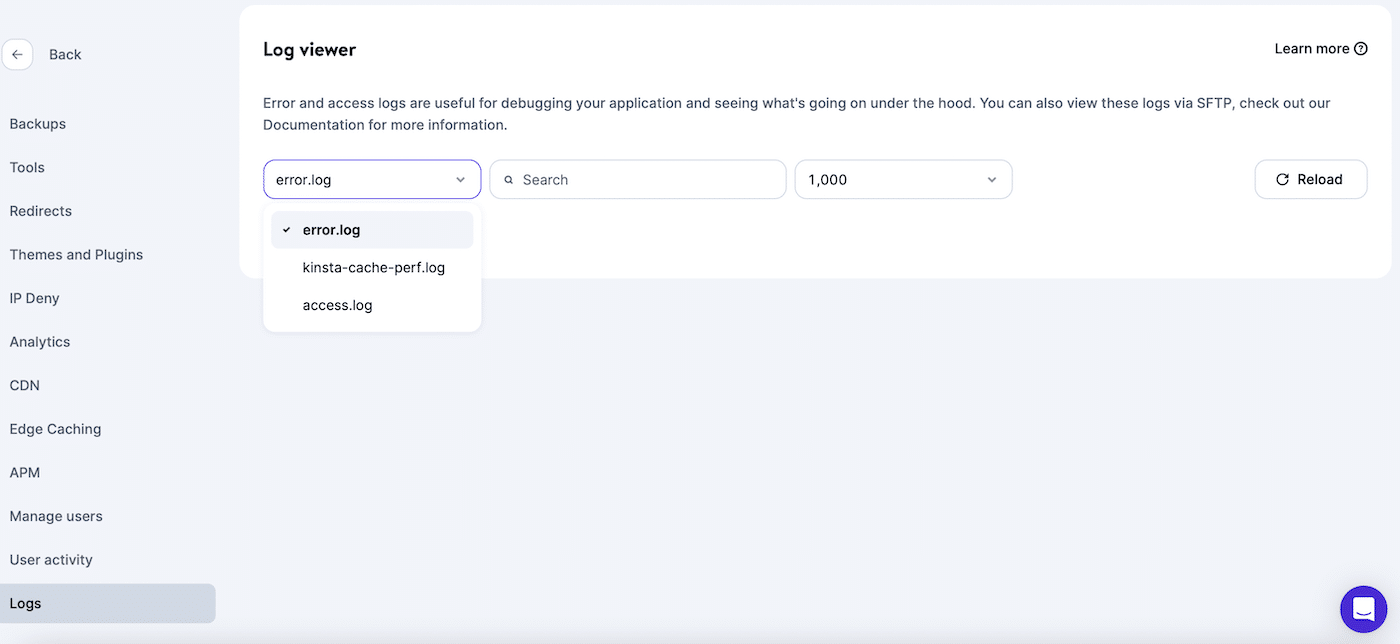The HTTP 303 Status Code occurs when a page has been temporarily moved. As a result, the server can’t connect to the requested resource. Instead, you’ll be redirected to a new page. Not only is this frustrating, but it can also lead to other problems such as infinite loops and caching issues.
Fortunately, it’s easier to fix the 303 See Other code when you know what’s causing the message. For instance, you might need to check your server configuration or enable debugging in WordPress to view your error log.
In this post, we’ll take a closer look at the HTTP 303 Status Code. Then, we’ll discuss some common causes before we show you how to fix them. Let’s get started!
Check Out Our Video Guide To Fixing the HTTP 303 Status Code:
What Is the HTTP 303 Status Code?
When you’re presented with the HTTP 303 Status Code, it means that the redirects don’t connect to the recently transferred resource. Instead, they connect to another page like a transfer page.
The message is a way for servers to tell browsers that a page has been temporarily moved. So, while the server successfully received the data for the HTTP request, you’ll need to send a new GET request to the new URL.
The 303 See Other Code reaction (as it’s also known) is usually the result of PUT or POST requests. Sometimes, it can also be caused by DELETE. Since the browser handles the code by displaying a new location, you will be redirected in WordPress without needing to take action
However, there are some problems associated with the status code:
- It can lead to infinite loops. This can happen if each page redirects the user back to the original resource.
- It makes it difficult for caching proxies to cache resources. Typically, proxies only cache resources that are returned with a 200 status code.
- It can lead to increased bandwidth usage and poor performance. This can occur when these 303 resources aren’t cached.
It’s also important to be aware that the 303 Status Code works differently from any other HTTP status codes. For instance, the HTTP 301 Status Code also presents a redirection message, but you’ll only see this message when the page has been moved permanently.
Additionally, HTTP 302 Status Code is the sibling of the 303 Status Code. However, this is only utilized for impermanent diversions.
Meanwhile, the HTTP 304 Status Code (otherwise known as Not Modified) means that the resource hasn’t been changed. Therefore, when you see this message, it’s best to hold on to the duplicate.
What Causes an HTTP 303 Status Code?
The HTTP 303 Status Code simply indicates the result of a client’s request. It’s a greatly misunderstood status code because most users assume that it represents an error. In fact, all it means is that the server is redirecting you to a new location.
Here are some of the reasons why you might see the HTTP 303 Status Code:
- There’s been a change in the location of a resource. For instance, it may have been moved to a different URL.
- There’s been a change in the way the resource is accessed. For example, it might not be readily accessible or publicly available anymore.
- The server has been misconfigured. This is a common occurrence.
- There is a problem within your application. This typically occurs when your client application contains some custom code that’s triggering the message.
Typically, it’s easy to fix the HTTP 303 Status Code when you know what’s causing the issue.
How To Fix an HTTP 303 Status Code
Now that you know a bit more about the HTTP 303 Status Code, let’s take a look at some simple ways to fix it.
However, before we get started, it’s important to make a backup of your website. That’s because some of these troubleshooting steps require you to edit your site files, which can be a delicate task.
You might also prefer to run these fixes in a staging environment first. Then, once you’re sure everything is working, you can push the changes to your live website.
1. Check Your Server Configuration
To find out what’s causing the 303 redirects, you can check the configuration files for your server software, looking for unintentional redirect instructions. However, first, you’ll need to determine which web server software you’re using.
Nginx and Apache tend to be the most popular options, so your server is most likely using one of these. In this section, we’ll show you how to check your configuration files for Apache.
To get started, you’ll need to access your site files. If your web host uses cPanel, you can access its File Manager to do this.
Alternatively, you can connect to your site files using SFTP. For this approach, you’ll need to download an FTP client such as FileZilla. You’ll also need your FTP credentials.
With MyKinsta locating your FTP credentials is simple. Just navigate to your dashboard and click on your website. Then, in the Info tab, scroll down to the SFTP/SSH section:

Once you’ve established a connection with your FTP client, locate your root directory, which is usually labeled public_html. Then, look for your .htaccess file:

Next, open this file in a text editor and look for lines that use RewriteXXX directives. A RewriteCond directive defines a text-based pattern that gets matched against entered URLs.
If a matching URL is requested by a visitor, the RewriteRule directive that follows RewriteCond directives performs the redirection to the new URL. At the end of the RewriteRule look out for [R=303].
If you find this value entered after the RewriteRule, you can try temporarily commenting them out. To do this, use the # character prefix. Then, restart the web server and see if the 303 Status Code has cleared.
2. View Your Server Logs
Most applications keep some kind of server log where you can keep track of all activity. For instance, these server application logs can reveal which pages have been requested and which database results have been provided.
Meanwhile, web server logs concern the hardware that runs your website, providing information about the health and status of connected services (and the server itself). So, you can try to resolve the 303 status code by finding your server log and analyzing its contents.
If your website is hosted with Kinsta, you’ll get access to three types of log files in MyKinsta:
- error.log (specific errors, including PHP errors, are logged here)
- kinsta-cache-perf.log (cache error status for requests are stored here like hit, miss, bypass)
- access.log (here, you’ll find all Nginx requests for the current day)
To view these logs, you’ll need to log into your MyKinsta dashboard. Then, click on WordPress Sites in the menu on the left-hand side of your screen. Now, choose the website that you want to view the logs for and click on the Logs tab:

The first log file you’re able to view is the error.log. But you can use the dropdown menu to select any of the logs that you want to check out:

Once you’ve chosen the log you’d like to view, you’ll see a list of all the errors or requests that have taken place on your site:

You can also use the search bar to search for specific text in the file. Plus, you can use SFTP to download the log to your computer.
While accessing your server logs isn’t a solution in itself, analyzing them can help you figure out the issue that’s triggering the 303 Status Code.
3. Debug Your Application
Lastly, you may want to try debugging your client application. This option is best if there is some custom code in your application that’s causing the HTTP 303 Status Code.
To begin, make a copy of your site in a local environment. This way, you can recreate the exact scenario in which the 303 status code occurred. You’ll also be able to view the application code the moment something goes wrong.
To enable debugging in WordPress, it’s easiest to use a plugin like WP Debugging:

Alternatively, you can do this manually by editing your wp-config.php file. Again, you’ll need to access your site files via cPanel or using an FTP client. Then, find the file in your website’s root folder.
Once you’re in the wp-config.php file, head to the bottom of the file where it says “That’s all, stop editing!” Then, add the following code:
define( 'WP_DEBUG', true );
define( 'WP_DEBUG_LOG', true );Now, you can view your site’s errors by locating your wp-content folder. If the debug was successful, you’ll be able to spot a debug.log file that’s only visible once WordPress has entered debug mode.
You can download the file to view it on your computer and find the error that’s causing the HTTP 303 Status Code. After that, you can disable debug mode by changing the values to “false” or deleting the lines of code completely.
Does an HTTP 303 Status Code Affect SEO?
If you’re concerned about your website’s visibility, then you might be wondering how the 303 HTTP Status code affects Search Engine Optimization (SEO).
The good news is that the 303 See Other code is unlikely to have any significant impact on your site’s SEO. The main purpose of the message is to tell the client that the requested resource has been moved.
Therefore, the client needs to make a new request to the new location in order to access the resource. The 303 Status Code is designed to be used for GET requests only. So, clients should use the new URL when they make future requests to the resource.
While the 303 Status Code is unlikely to affect SEO, the related HTTP 301 and HTTP 302 Status Codes can. That’s because these are used for permanent and temporary redirects. Therefore, they can transfer your site’s link equity.
Summary
The HTTP 303 Status Code is an extremely frustrating error. What’s more, it’s widely misunderstood, so it can be challenging to resolve. Fortunately, there are ways to fix the 303 See Other message and enable the server to connect to the requested resource.
For example, you might need to check your server configuration files and look for unintentional redirects. Additionally, you can view your server logs or debug your application to find the error that’s causing the HTTP 303 Status Code.
Another way to decrease your site’s chances of experiencing problems is by using a quality web host like Kinsta. But, just in case you do run into any issues, all of our plans offer top-notch support to help you troubleshoot. Check out our plans to get started!


